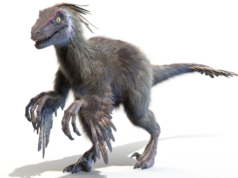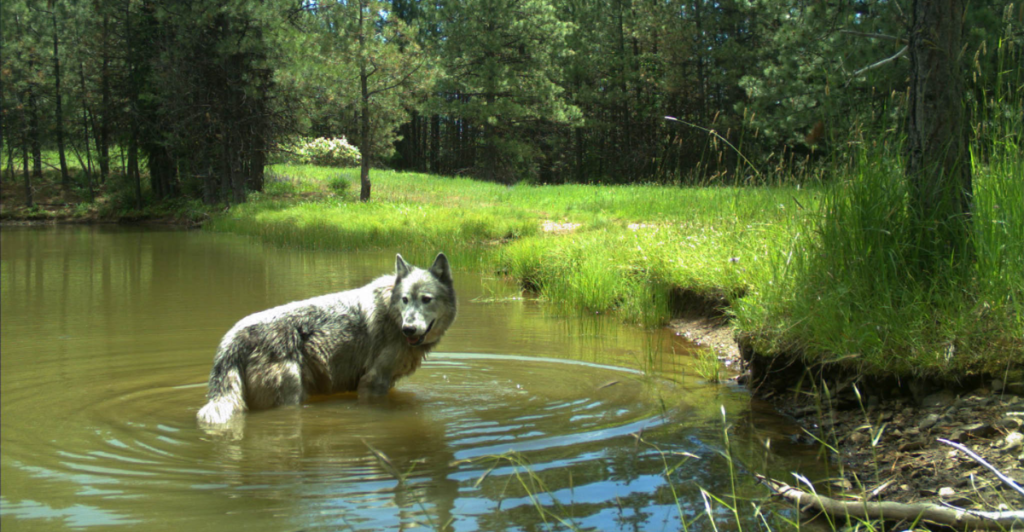
Yellowstone National Park is a beautiful natural wilderness that has a rich and complicated history. Its ecosystem has faced considerable ecological problems for the last few decades all because it has been missing a crucial species – the gray wolf. In the predators’ absence, many populations have been allowed to overpopulate, creating a knock-on effect throughout the entire biome.
Elk
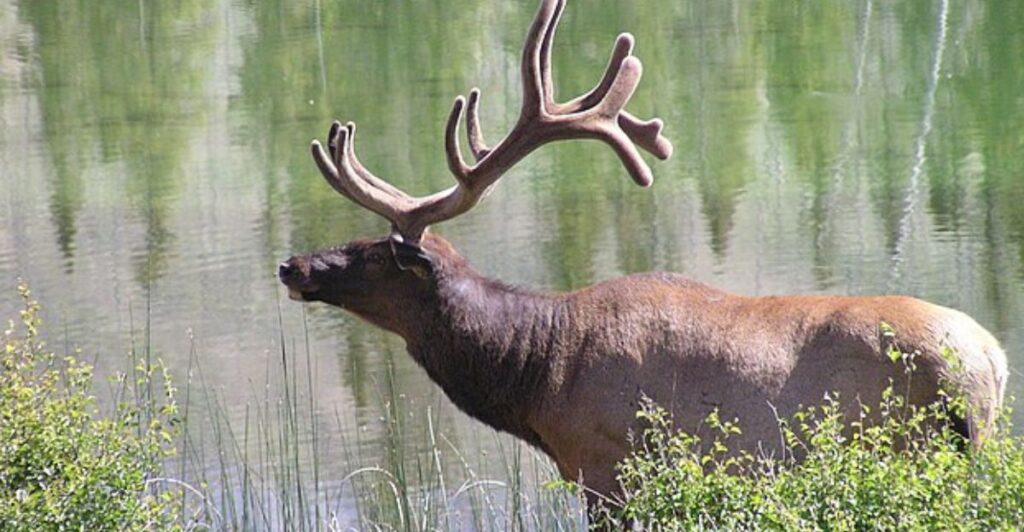
Without their natural predator, elk in Yellowstone have grown rapidly in numbers. These herbivores, left unchecked, grazed on many plant species like willow and aspens along riverbanks. The local vegetation population was severely affected, which has repercussions for all of Yellowstone.
A Knock-On Effect
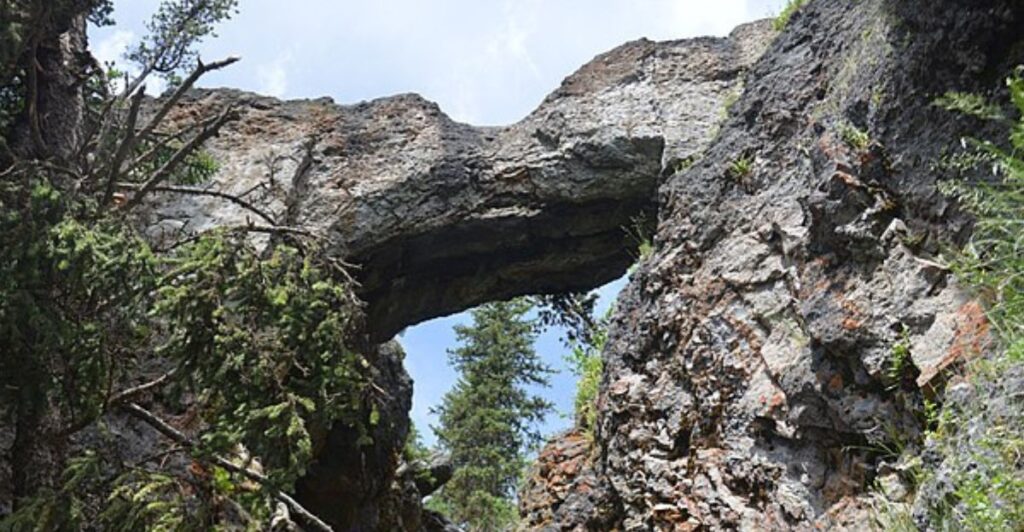
Plant populations are essential in Yellowstone to cultivate healthy ground and prevent soil erosion. The soil erosion affected water quality, which in turn lowered the local fish population. The local ecosystem relies on the food chain to keep populations in check and maintain a balance.
Reintroducing Wolves
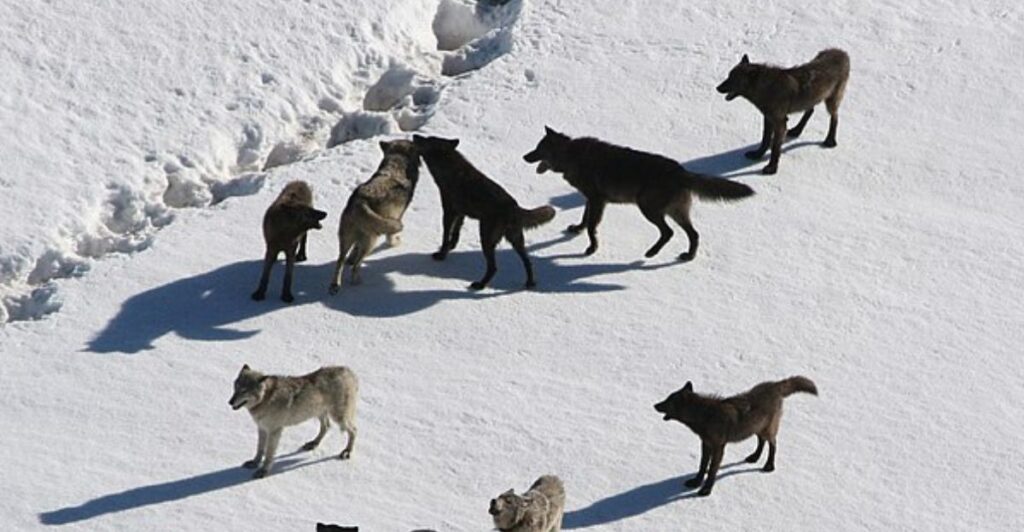
Without any kind of intervention, many species in Yellowstone would have struggled to survive. However, in the mid-90s, a controversial decision was made. Gray wolves were taken from Canada and reintroduced into Yellowstone after a prolonged absence.
The Goal

Scientists noticed that the dynamic of predator and prey was out of balance due to the absence of gray wolves. A small population was reintroduced in the hopes that this balance would be restored. The elk population needed to be kept in check, which would let plant species thrive again.
An Immediate Impact
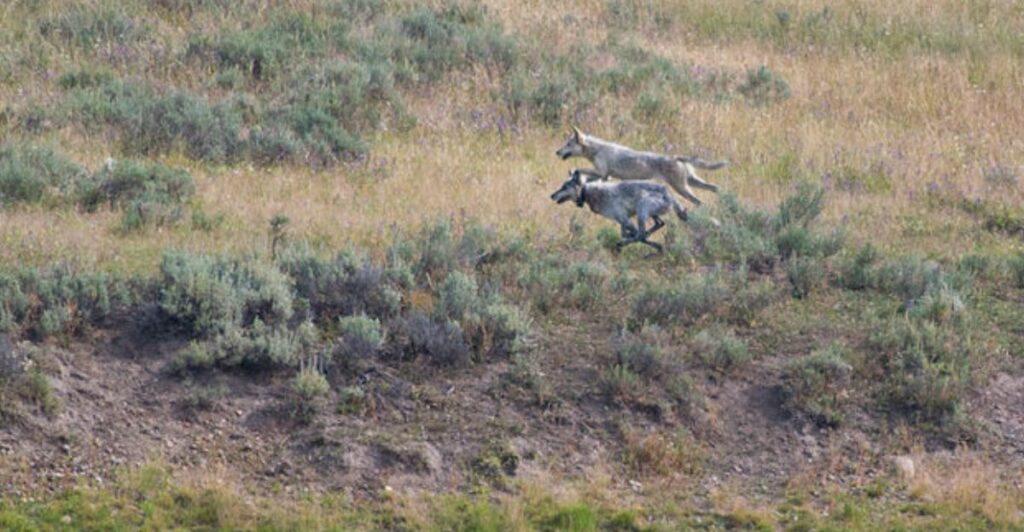
Surprisingly, the effects of the small wolf population were almost immediate. Elk in Yellowstone noticed the predators and knew that they couldn’t freely graze anymore. Elk avoided riverbanks and open areas, which allowed vegetation to recover, which had a cascade of many other effects on Yellowstone.
Flourishing Green
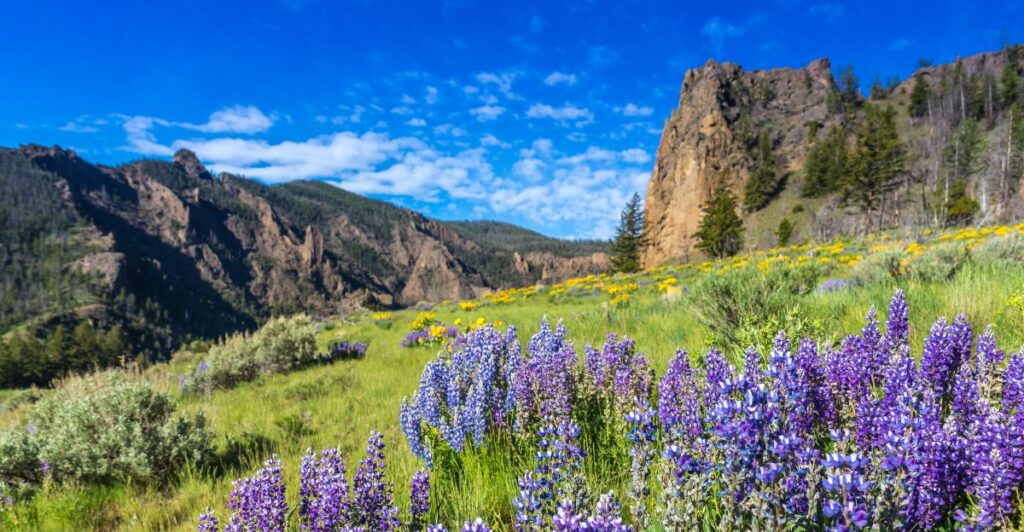
Species that were previously overgrazed, like aspen and willow, slowly recover and eventually flourish again, helping mitigate soil erosion and improving water quality. The return of forests also created new habitats for many species that rely on trees for shelter and food. Birds and insects thrived in these new environments.
The Beaver Comes Back
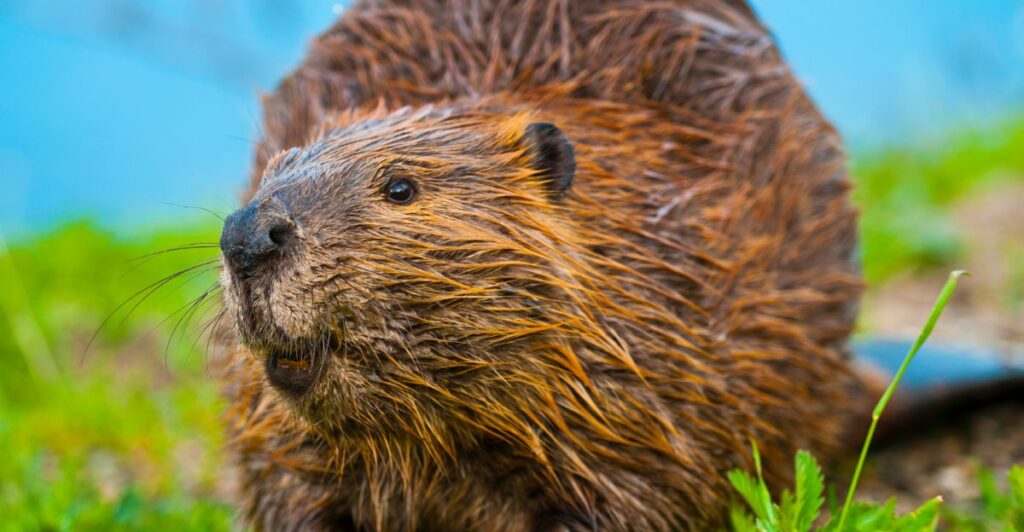
Beaver populations grew rapidly with the available willow trees which they rely on for survival. They started building natural dams, which creating new ecosystems like wetlands and ponds for other species like amphibians and waterfowl inhabit.
Scavengers
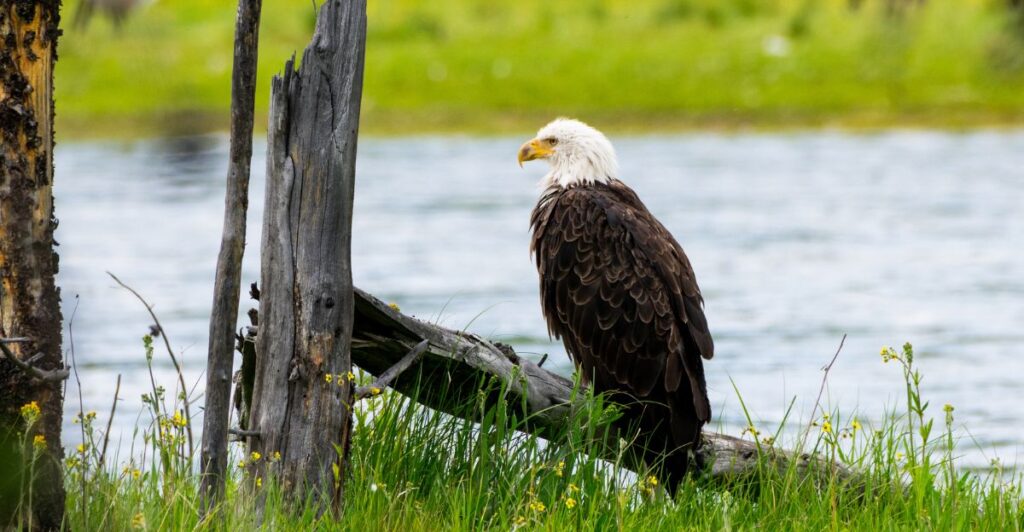
With the new predator in Yellowstone, elk carcasses were left, which are a reliable food source for scavengers like eagles, coyotes, and ravens. This strengthened local populations, even bears, who resort to eating carrion if they need to.
The Rise Of The Predator
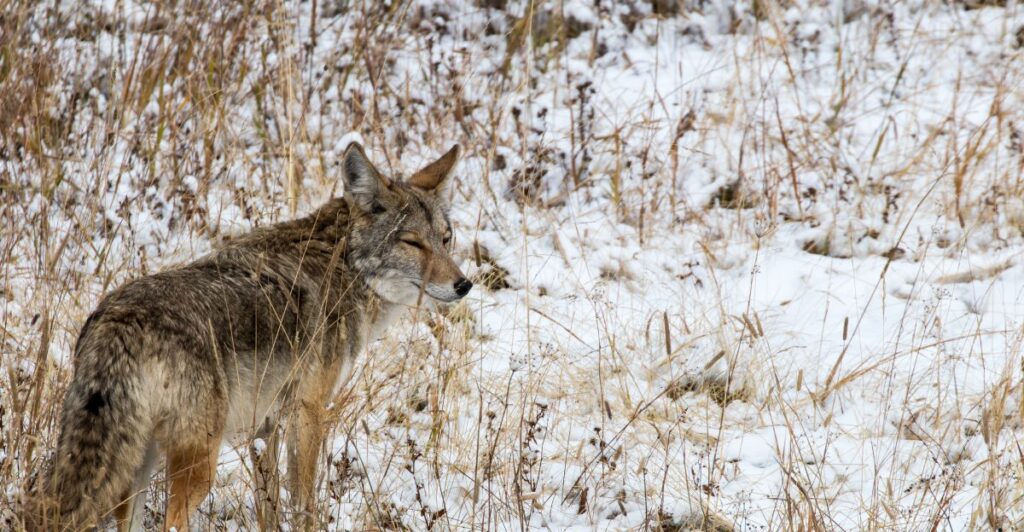
Despite the carrion being good for coyotes, their population ultimately saw a drop because of run-ins with wolves, who would come up on top in an altercation. This had an unexpected affect – smaller animals like pronghorn and antelope grew in numbers, being natural prey of coyotes.
Healthier Rivers
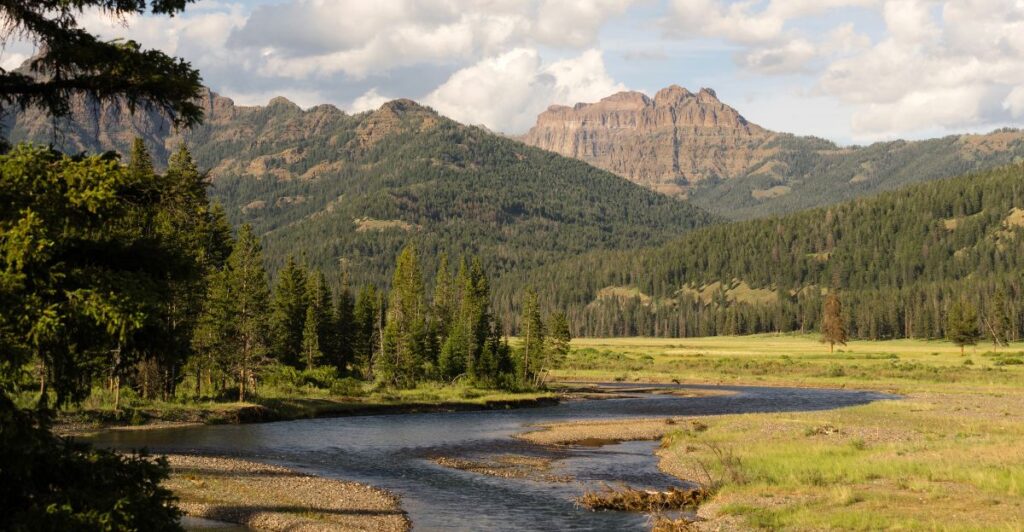
With vegetation increasing in numbers and allowing the water and soil quality to improve, this changed rivers dramatically. Rivers that were shallow and wide before could support greater ecosystems once their channels narrowed and became much deeper.
Songbird Revival
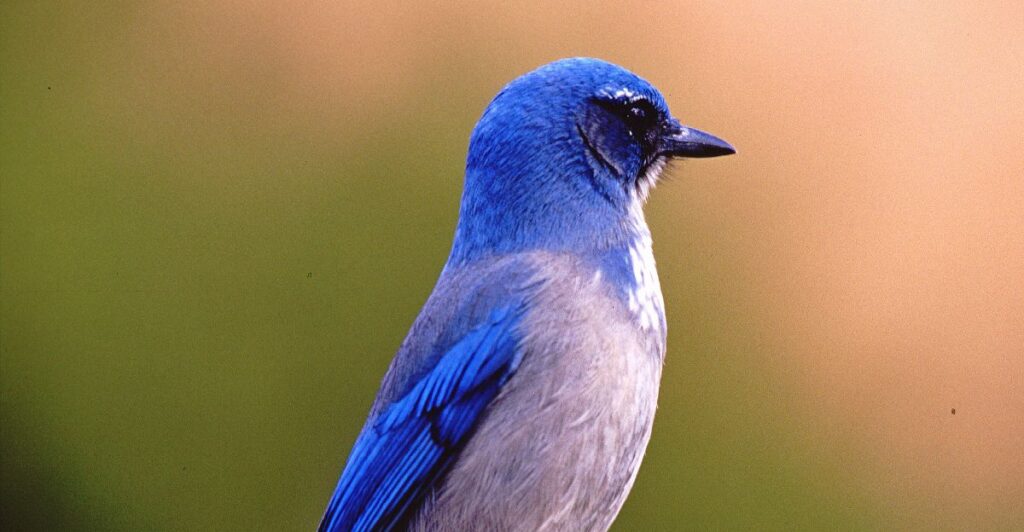
Songbirds, and many other bird species, returned to Yellowstone in large numbers as they found suitable nesting grounds to raise their young. Their chirping were the signs that Yellowstone was finally returning to the incredible place it had been centuries before.
Twenty Years On
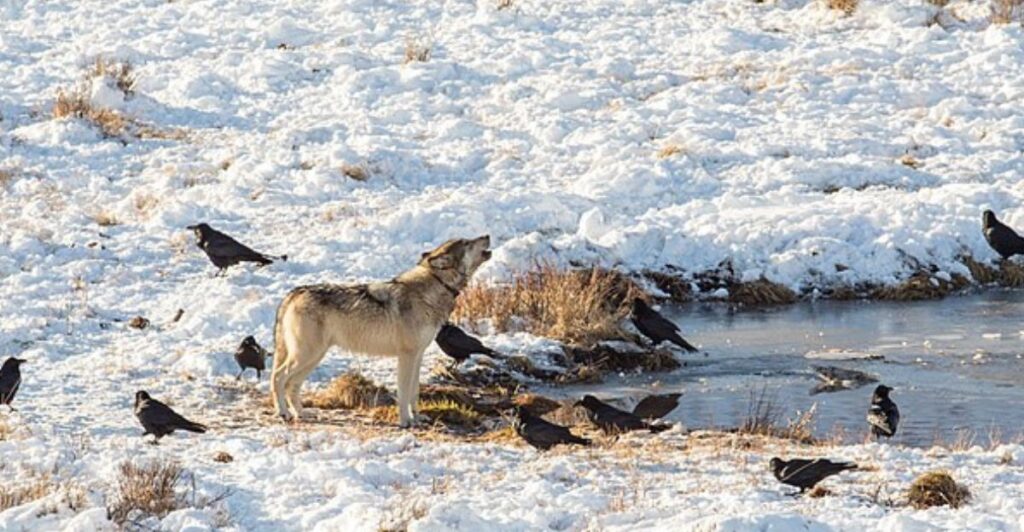
It has been twenty years since the reintroduction of the gray wolf in Yellowstone, and their effect on the ecosystem cannot be argued. The park has never been this diverse and resilient before. While the park hasn’t completely recovered yet, it’s well on its way to. Only the future will show what further improvement the landscape can have.
The Wolves
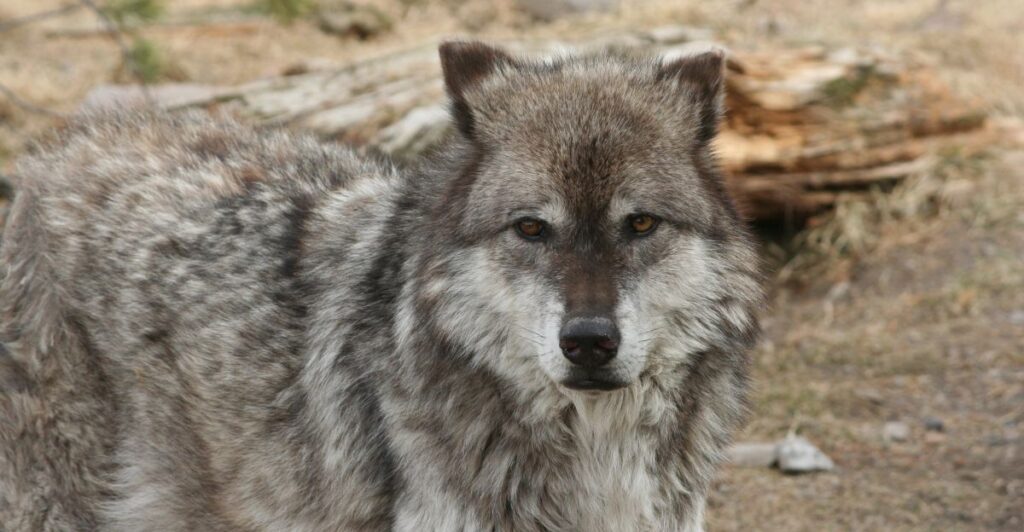
The gray wolves in Yellowstone are unsung heroes, and they must be monitored to see how they continue to affect the landscape around them and how their population grows. They are still an endangered species across the United States, and through the help of conservation, their population can recover, just as they have helped many species around them do the same.



